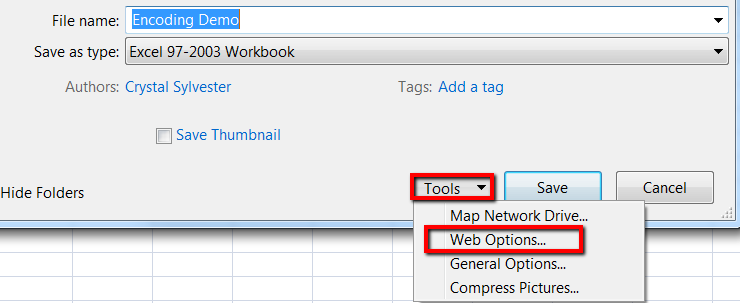

The field and text delimiter you can set as you wish or leave it as it is, all other settings can be left unchanged. The character set must be set to Unicode (UTF-8) as this is what we want to achieve, a UTF-8 encoded file. CSV, or comma-separated values, is a standard format for storing and transmitting content, including contacts, calendar appointments, and statistical data. Setting the filter settingsĪfter you have clicked on Save, LibreOffice will ask you what settings you want to use for the file. make sure you pass the correct internal table name in the field catalog. You must enable the Edit filter settingsĪfter that is done click on Save.Save as type must be set to Text CSV (.csv).There are a few things that are important: We are not going to use CTRL-S to quickly save the file but we choose File -> Save As (CTRL-SHIFT-S) and then you get this screen: In this example I will be using LibreOffice (the screens are the same for OpenOffice).Ĭlick on Open and select the file on your computer that you want to save as UTF-8 encoded file. This does not mean you can no longer use Excel but when saving the file for CSV open your Excel file with OpenOffice or LibreOffice. If you use Excel to do all your work in, you are out of luck as Excel has no option for enforcing an encoding when saving a file as CSV. The choice of spreadsheet in this case is OpenOffice or LibreOffice. All is lost then? Not really, you can create your own file and save it with a known encoding. Usually the person creating the file doesn't know either. The closest to come to determining a file's encoding is an educated guess or ask the person who created the file. Programs cannot tell you for certain because there is no setting in the file that contains this information. Often it is almost impossible to know if your CSV file has been encoded as UTF-8.


 0 kommentar(er)
0 kommentar(er)
